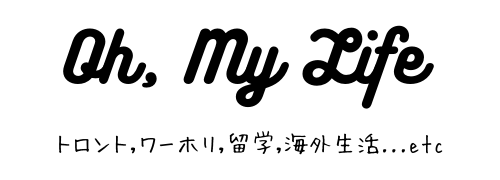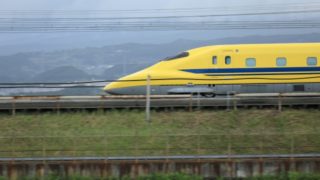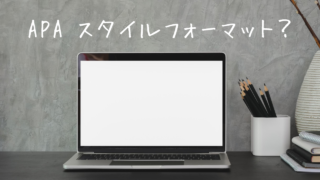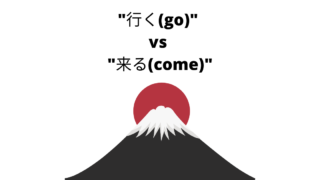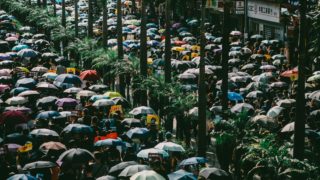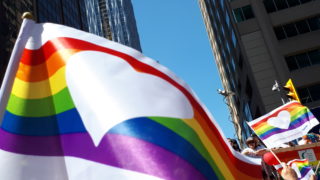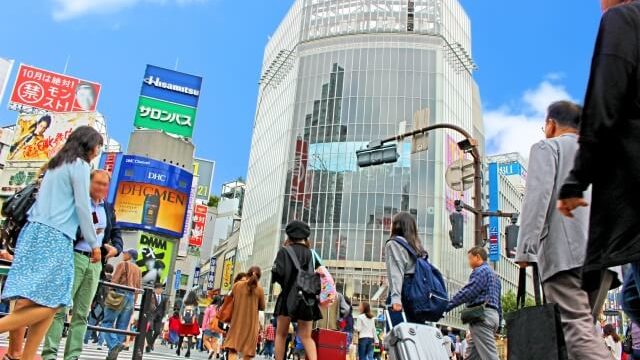The Japanese government announced the second state of emergency to Tokyo, Kanagawa, Saitama, Chiba prefecture on 7th, January. It added Tochigi, Aichi, Gifu, Osaka, Kyoto, Hyogo, and Fukuoka prefecture, the state of emergency will be issued until 7th February. However, the situation seemed no to be significantly changed before and after.
In terms of the regulation to restaurants and bars, the government asked them to shorten business hours, and therefore, many restaurants and bars are closed from 8 pm. The owners who follow the new rule receive 60,000 yen per day as a subsidy from the government. However, some restaurant owners saying that even though they cooperated with the government, there was no big change in the number of new cases last time when the state of emergency was announced do not follow the rule. There is the fact that it is hard to keep the store remain without sales especially in downtown Tokyo, because the rent is expensive. In Shibuya, people who do not care about the rule which is people should stay home except when it is necessary to go out made a line at restaurants that do not follow the rule.
Compared with the last state of emergency, the regulation this time is not so strict. Department stores, as well as restaurants and bars, are open with a shortened business hour, though they were close last time. Regarding sports events, concerts, theaters, and cinemas, the government allows them to hold 5,000 people or 50% of the seats. In fact, approximately 20 to 80% increased in the number of people who went out, compared with the last state of emergency in some areas in Tokyo.
People got used to COVID-19, plus the loosened regulations and not enough subsidy to various businesses from the government which leans on the economy led to the worse situation. Hospitals that can deal with the virus are facing medical care breakdown. It is necessary to decrease people’s movements from one place to another to decline the new cases of the virus until the time when the vaccine is deployed. It should be a key to decrease the number of commuters by 70% and to reflect on one’s behaviours.
